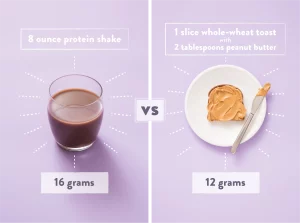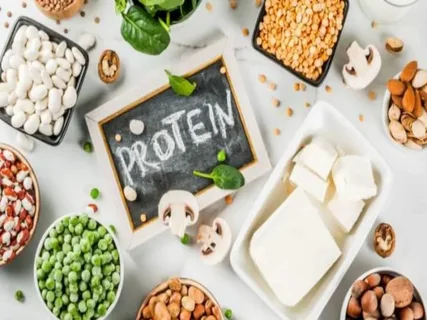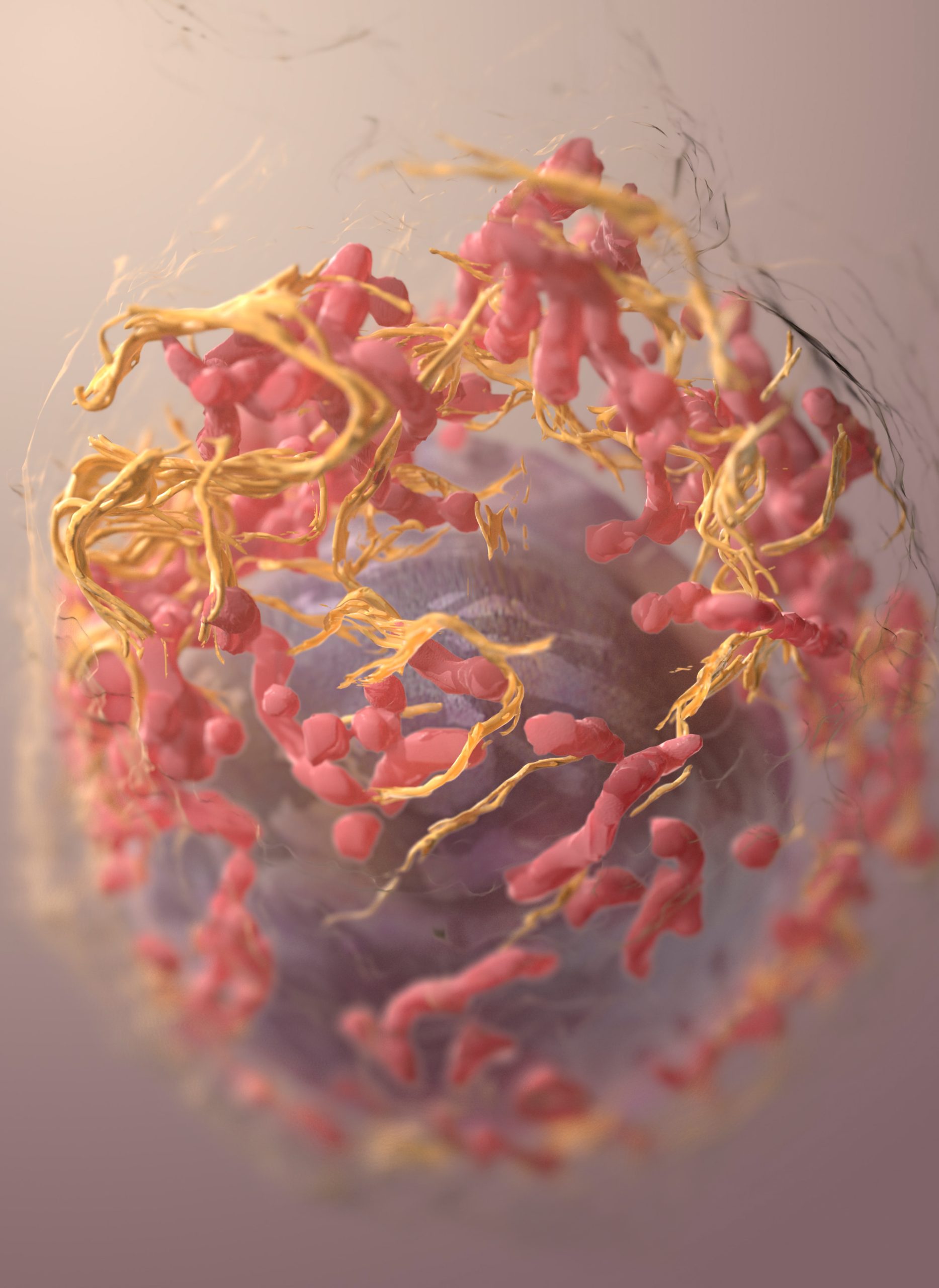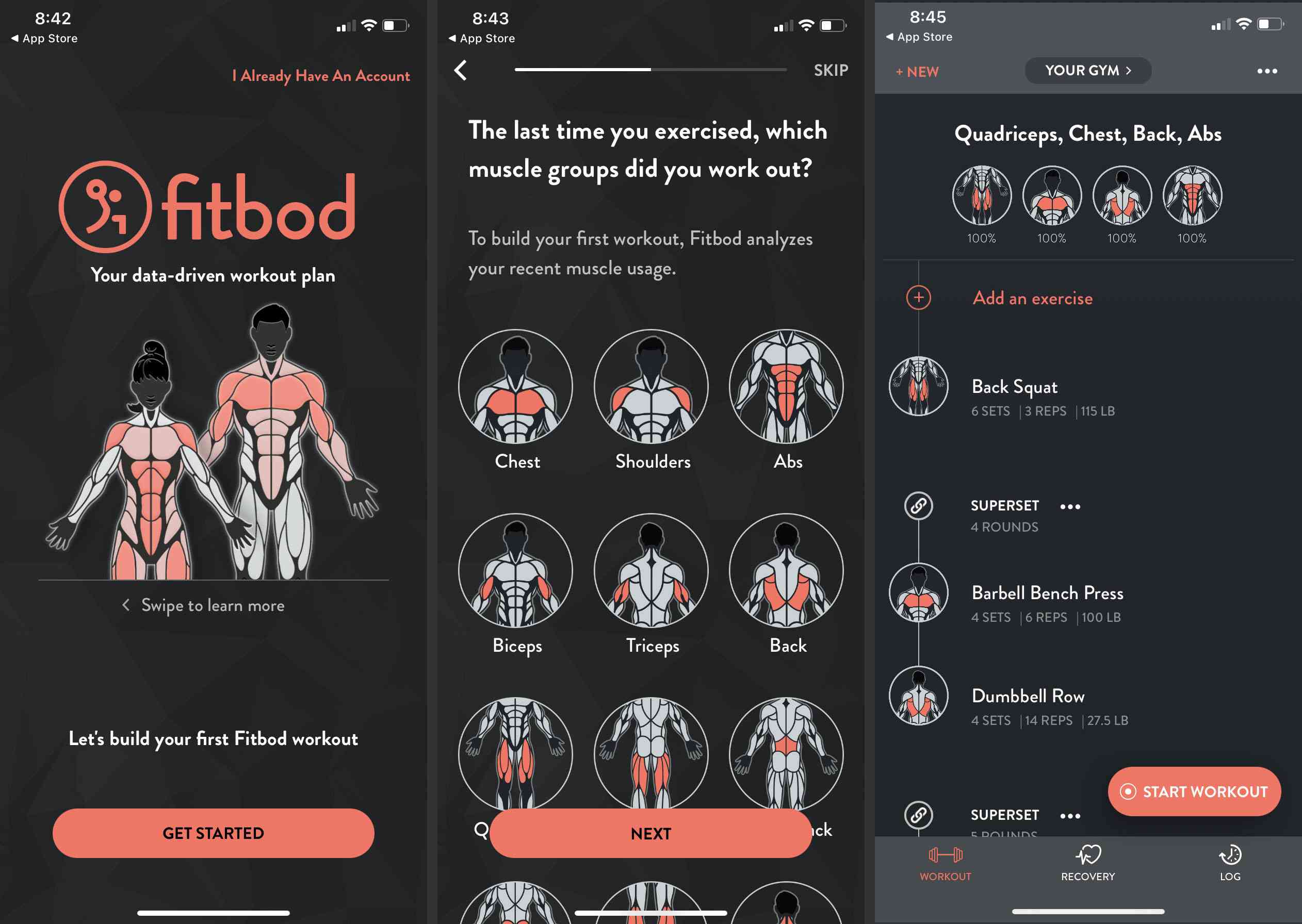Introduction
Protein, a fundamental component of our nutritional landscape, serves as the building block for the body’s growth, maintenance, and repair. In this in-depth exploration, we delve into the intricacies of daily protein requirements, the diverse sources of this essential nutrient, its multifaceted role in the body, and considerations for weight management. Join us on a journey to understand the nuances of protein intake and its profound impact on our health.
Daily Protein Requirements: Tailoring Needs
Protein needs are not one-size-fits-all; they vary based on age, sex, and individual factors. For the average adult on a 2,000-calorie diet, the recommended daily protein intake stands at 50 grams. However, a closer look at the Dietary Guidelines reveals a more nuanced perspective, offering specific daily requirements for various age groups. These guidelines underscore the importance of considering factors such as activity level, weight, and height in determining optimal protein intake.
| Age Group | Protein RDA |
|---|---|
| Child (1–3 years) | 13g |
| Child (4–8 years) | 19g |
| Child (9–13 years) | 34g |
| Female (14–18 years) | 46g |
| Male (14–18 years) | 52g |
| Female (19+ years) | 46g |
| Male (19+ years) | 56g |
This comprehensive breakdown offers a personalized approach to understanding protein needs.

Protein: A Foundation for Well-being
Proteins, found in every cell of the body, play a pivotal role in maintaining and repairing tissues. Skin, muscle, bone, organs, hair, and nails all rely on proteins for their structure and function. According to the Food and Drug Administration (FDA), the majority of individuals in the U.S. meet their protein requirements through their regular diets, underscoring the accessibility of this essential nutrient.
Demystifying Protein: The Essential Macronutrient
Protein stands as one of the three critical macronutrients, alongside fats and carbohydrates. Composed of long chains of amino acids, proteins boast a complexity defined by the specific order of these amino acids. The human body utilizes 20 amino acids to create proteins, with nine deemed essential, requiring dietary intake. Proteins can be classified as complete or incomplete, with examples provided to illuminate this distinction.
Functions of Protein in the Body: Beyond Muscle Building
Protein’s significance extends far beyond muscle building. Present in every cell, it actively participates in crucial bodily processes, including blood clotting, immune system responses, hormone production, and vision. Particularly vital during periods of growth and development, such as childhood, adolescence, and pregnancy, adequate protein intake ensures the healthy functioning of muscles, bones, and tissues.
Sources of Protein: A Diverse Palette
Protein-rich foods come in various forms, with both animal and plant sources contributing to a healthful diet. Seafood, lean meats, eggs, legumes, nuts, seeds, soy products, and dairy are classified as protein foods. While animal products typically contain higher protein amounts, careful meal planning enables vegetarians and vegans to meet their protein needs through plant-based sources.
Navigating Weight Management with Protein
In the realm of weight management, protein emerges as a crucial player. Some dietary approaches advocate for increased protein intake to facilitate weight loss. Research suggests that adhering to high-protein diets may indeed contribute to weight loss, but a balanced approach incorporating adequate fiber is paramount. Before embarking on significant dietary changes, consulting with a healthcare professional is advised to ensure a tailored and sustainable strategy.

Protein Deficiency: A Global Concern
While protein deficiency is rare in the U.S., it remains a pressing issue in certain parts of the world, especially among vulnerable populations such as children. Conditions like eating disorders, genetic factors, or health issues can contribute to protein deficiency, leading to severe health consequences. Recognizing the global impact of protein deficiency emphasizes the need for comprehensive nutritional strategies.
Decoding Protein Supplements: Shakes vs. Natural Sources
The supplement market offers a plethora of protein shakes and powders, positioned as aids for muscle growth and weight management. However, it’s crucial to approach these supplements with discernment. While studies suggest benefits in terms of muscle size and strength, protein shakes and powders lack FDA regulation, posing potential risks. Checking labels for added sugars, calories, and understanding the necessity of supplements is imperative for making informed choices.

Tips for Meeting Protein Needs: A Holistic Approach
For most individuals, a diverse and healthful diet can naturally fulfill their protein requirements. Incorporating high-protein snacks, adding beans and peas to meals, ensuring each meal includes a protein source, and opting for lean meat and dairy products are practical strategies. Before turning to protein bars or supplements, careful consideration of nutritional labels is essential to avoid excess sugars and calories.
Conclusion:
In conclusion, the journey through the realm of protein reveals its profound impact on our health and well-being. From personalized daily requirements to diverse food sources and considerations for weight management, understanding protein empowers individuals to make informed choices for their nutritional needs. Crafting a protein-optimized lifestyle involves embracing a balanced and varied diet, ensuring that this essential nutrient remains a cornerstone of our overall health.










